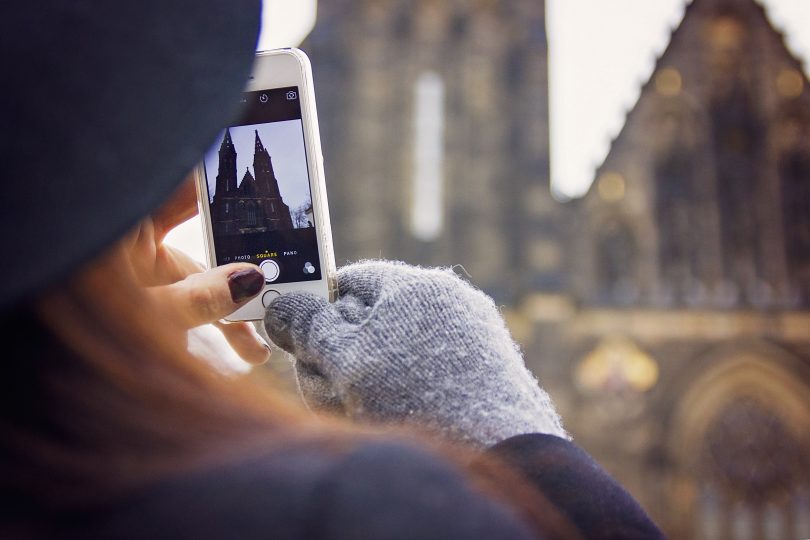The growing pains of new media have led many to pronounce the death of journalism, and no facet of the industry has struggled as much as photojournalism.
Photographers have been among the casualties in cut backs at both News Corp and Fairfax, but some photographers have turned to Instagram to keep photojournalism breathing.
Such is the Instagram zeitgeist that TIME has specifically named an Instagram photographer of the year for the last two years.
Ruddy Roye was the winner in 2016, a famous photojournalist who has worked for National Geographic, the New York Times and TIME itself, but who has become most well known for his Instagram account.
Roye’s environmental portraits are the centrepiece of his account, and he accompanies them with short, anecdotal, introspective stories, which are often relevant to news events at the time.
Roye’s entire portfolio is easily viewable online or, more importantly, through the Instagram app. The average phone is now equipped with a QHD screen, and arguably the average person will see a higher quality image on their phone than on their computer or even a printed image.
This makes Instagram the perfect place for photojournalism to flourish, anyone with an interest in photography in general can easily include photojournalism in their feeds.
Instagram’s grid view also opens the door for photojournalists to build narratives that may have been lost in the past. While a solitary image can be extremely evocative, Instagram makes it much easier for photojournalists to expose entire collections of sets of images together.
Marcus Bleasdale’s images each have their own merit, however the 12 images shown in the grid preview give a stronger sense of story and narrative than any one image could show alone.
Instagram has opened the door for photojournalism to become popular and accessible to more people, with phones being one of the most convenient and highest quality mediums to view images.



